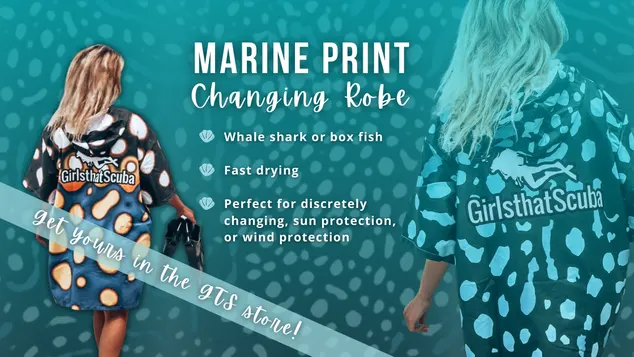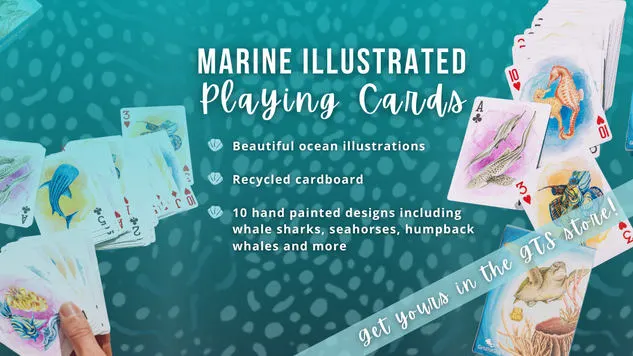There’s a reason why scuba diving in Phuket is hugely popular. Every year, divers from all over the world travel to this small Thai island to explore its stunning dive sites. From critters to pelagic marine life, from dramatic drop-offs to stunning reefs, scuba diving in Phuket is a treat for divers of all levels.
So keep reading to find out what exactly makes Phuket one of the best diving destinations in Asia.
Phuket – The Basics
Located South in the Andaman Sea, Phuket is the largest island in Thailand with a thriving tourism industry.
Among its natural wonders and tourist attractions, Phuket counts palm-fringed beaches, temples, luxury beach resorts, a lively nightlife, and – of course – prime dive sites.
Despite being an island, Phuket is well-connected to the rest of the world with:
- One international airport (code HKT), making travel from abroad fast, easy and affordable.
- One bridge connected to mainland Thailand. However, traveling by road is not the fastest, safest, or most comfortable way to reach Phuket.
- A reliable ferry service. There’s a regular ferry service from/to Phi Phi, Koh Lanta, Koh Lipe, and many other islands. There’s also a ferry connection with Langkawi, Malaysia.
Search flights to Phuket
What is Phuket diving known for?
Phuket is one of the best places to dive in Thailand for many reasons.
Famous for its marine ecosystem, Phuket has something for all, especially for beginners looking for easy and calm diving conditions. There are daily dive trips to nearby islands, rock pinnacles, and thriving coral reefs where you can see a variety of micro and macro life, but also wrecks, drop-offs, and walls.
Scuba diving in Phuket means spending all day on a boat, so if you’re prone to seasickness, remember to pack some motion sickness tablets.
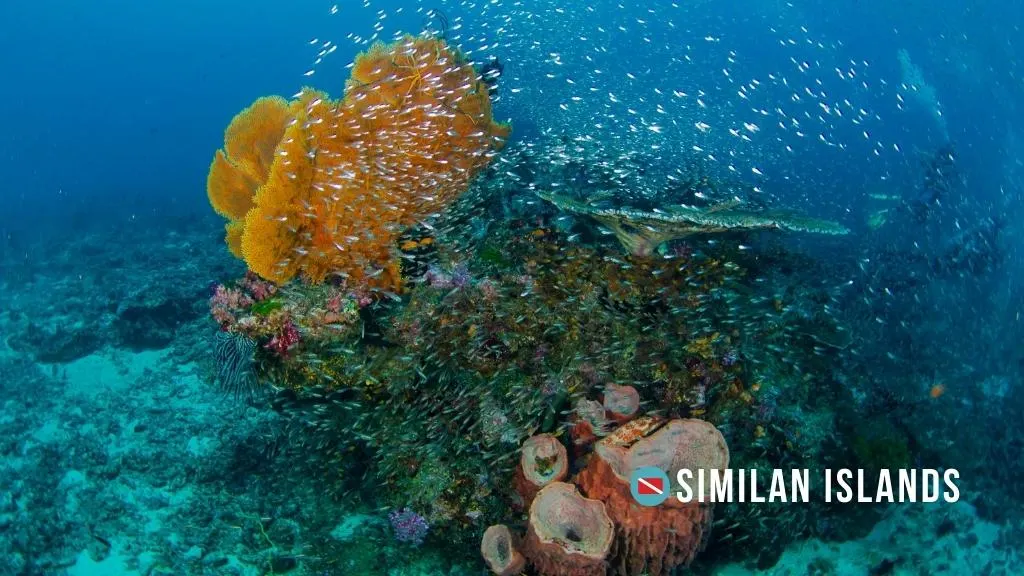
There are also dive trips to the far-out Similan and Surin Islands. But – truth be told – day trips to these islands would not give you enough time to explore the beauty of what many consider to be the no. 1 dive spot in Thailand.
So, The Junk liveaboard is a comfortable (and exciting!) way to explore the Similan and Surin Islands. The liveaboard’s itinerary also includes other popular diving spots in Thailand, like Phi Phi, Hin Daeng, Hin Muang, and Koh Haa. The Junk also sails to Myanmar’s pristine Mergui Archipelago, a fast-growing liveaboard destination.
Thinking about going on a liveaboard? Here’s what you need to know.
What marine life can I see in Phuket?
When scuba diving in Phuket, you can expect to come face-to-face with a variety of marine life. You can see barracudas, seahorses, harlequin shrimps, clownfish, eels, nudibranchs, hawksbill turtles, and leopard sharks.

Depending on the time of year and your luck, you can even see:
- Whale sharks: February-April (Similan Islands), May-October (Phuket).
- Ornate Ghost Pipefish: Rare and hard to find, so keep your eyes open!
- Manta rays: Year-round (Phuket), December – April (Similan Islands)
When is the best time to scuba dive in Phuket?
You can go scuba diving in Phuket all year round, but during the monsoon season (May-October), some dive locations may not be accessible or have less-than-perfect visibility. If you’re planning to visit during this time of year and want to do shore excursions, be ready for some rainfall.
In any case, when diving in Phuket, you can expect excellent visibility in the range of 25-40m (82-131 feet), warm waters around 25ºC (77ºF), and gentle currents.
How much does scuba diving cost in Phuket?
Over the years, Thailand has earned a reputation for being one of the cheapest diving destinations. So, if you’re traveling on a budget AND don’t want to miss out on great diving experiences, Phuket is the place to dive!
On average, Phuket diving trips cost just over $100 for 3-tank boat dives. The all-inclusive price covers rental equipment, food, and transfers. Quite the deal, right?
Where are the best Phuket dive sites?
Phuket has many dive sites to match all preferences, comfort levels, and certifications.
Below are some of the best dive sites in Phuket that you can visit on a day trip or with a liveaboard.
Phuket Coral Reefs
Anemone Reef
Anemone Reef is a marine sanctuary buzzing with marine life. So, it’s no surprise that it’s also one of Phuket’s scuba diving highlights.
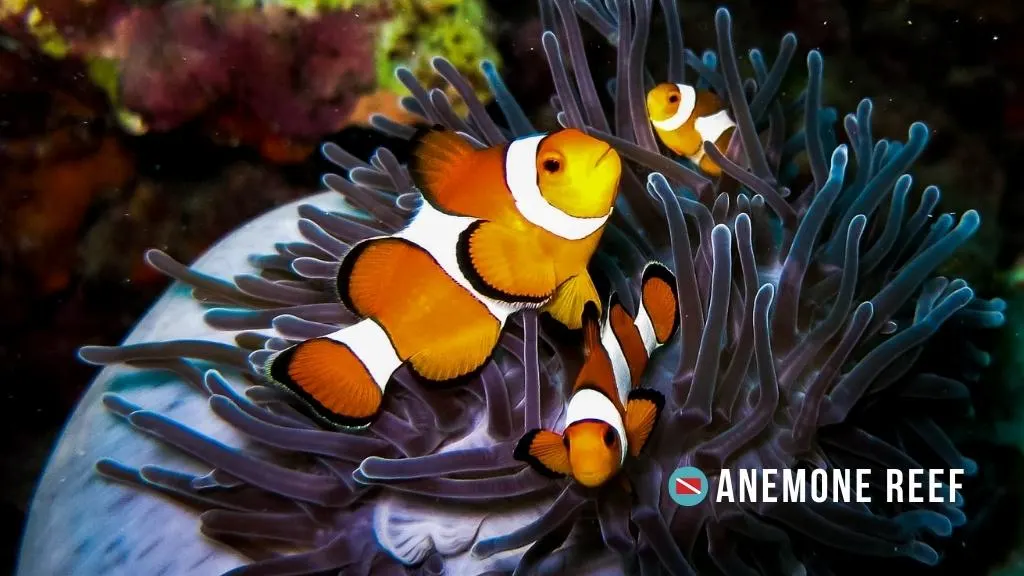
As the name suggests, Anemone Reef is an anemone-encrusted submerged pinnacle, but there are also corals and sea fans. The dive site ranges between 2-25 m (16-82 feet), and you can see anything from turtles to leopard sharks, scorpion fish, and schools of snappers.
Racha Islands
Located south of Phuket, the Racha Islands are comprised of two islands: Koh Racha Yai and Koh Racha Noi. Both are great diving locations, especially for beginners looking for shallow, easy dives with plenty of corals and colourful fish. There are also underwater statues, including two big elephants and a temple.
Phi Phi Islands
Scuba diving in Phuket also gives you the opportunity to do day trips to Phi Phi Island – the world-famous island known for its signature pinnacles.
Phi Phi Island has a variety of dive sites for divers of all levels. But wherever you dive, you’ll see an abundance of marine life, including sting rays, turtles, blacktip reef sharks, and many tropical fish.
Scuba Diving in Phuket with Big Animals
Shark Point
Shark Point is a popular scuba diving spot in Phuket named after the many leopard sharks that live between the pinnacles of this dive site. But you can also see other marine life, like pufferfish, boxfish, and colourful nudibranchs.
The average depth is 15-20 m (49-65 feet), making it suitable for advanced divers and novices with some diving experience.
Similan Islands
At a push, you can do day trips to the Similan Islands, but it would be almost impossible to see the best that they have to offer. So, if you want to dive in the Similan Islands (and you should!), The Junk Liveaboard is a better option. You’d then have the time to explore all the beautiful and remote dive sites, including Tachai, Richelieu Rock, and Koh Bon.
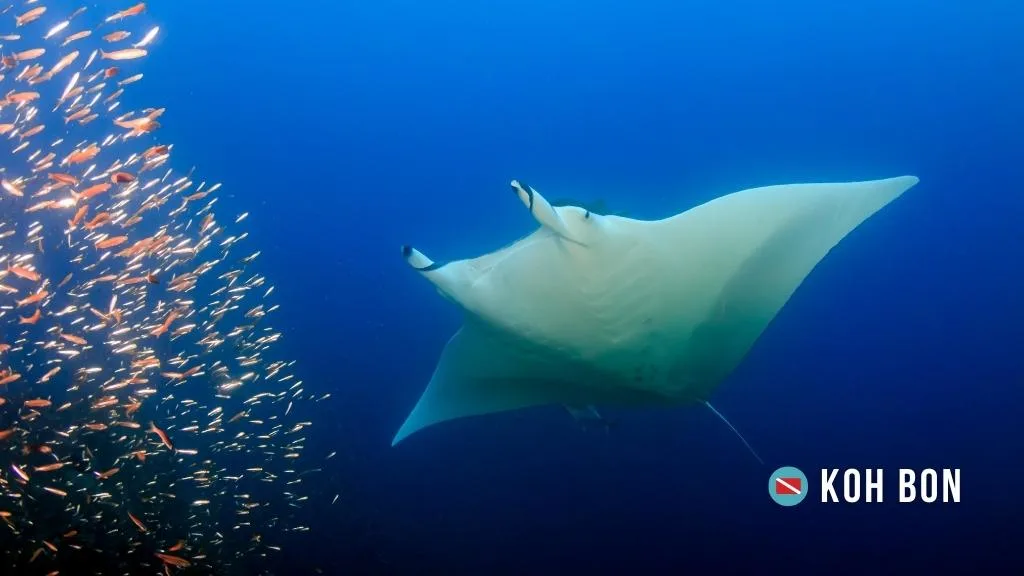
Nonetheless, diving in the Similan Islands is an adventure. There are many different dive sites varying in depth, conditions, and topography. And it’s here that you’re more likely to see pelagics, including manta rays and whale sharks.
Did you know? The Similan Islands are one of the best places to scuba dive manta rays!
Hin Daeng & Hin Muang
Second only to perhaps the Similan Islands, Hin Daeng and Hin Muang are a must for advanced divers who want to dive with pelagics. Think manta rays and whale sharks. You can only dive here with a liveaboard or private boat.
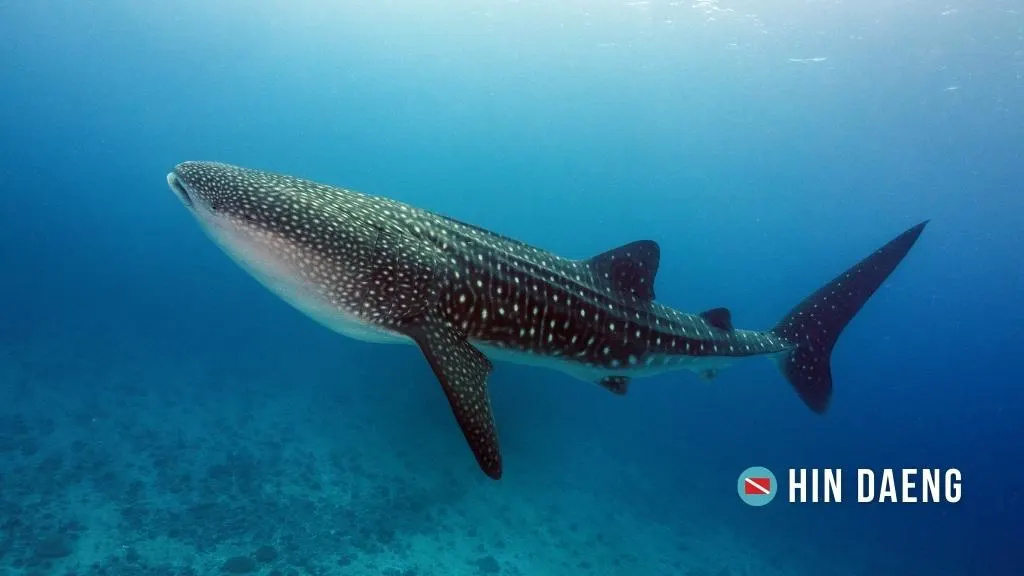
Wreck Dives in Phuket
King Cruiser
The MS King Cruiser wreck in Phuket ranks as one of the top wreck dive sites in Asia.
Originally a Japanese car and passenger ferry in the 90s, the King Cruiser was later purchased by the Thai government and used as a passenger ferry between Phuket and Phi Phi Island. In 1997, however, the King Cruiser hit a rock near Anemone Reef and sank. Luckily, there were no casualties.
Measuring 85 x 25m (278 x 82 feet) and lying at a depth of 20-32m (65-104 feet) , the King Cruiser is a huge wreck popular among advanced divers. There can also be some current, so make sure you have an SMB with you.
Over the years, the wreck has also become an artificial reef, attracting many fish, but also turtles and the occasional shark.
Phuket Wall Diving
Koh Dok Mai
If you enjoy searching for smaller marine life between rocks, crevices, and corals, then you have to dive at Koh Dok Mai, a small limestone island. The walls of the limestone drop to 30m (98 feet), so you can calmly circle your way down while searching for critters, including nudibranchs, frogfish, and ghost pipefish.
There are also many species of corals that attract bigger fish, making this an all-round fantastic dive site for anyone who wants to go scuba diving in Phuket.
Which site will you be heading to first? Share this article with a buddy who needs to join you in Phuket!
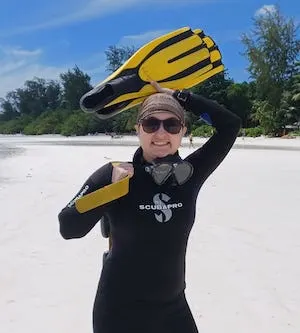
About the Author
Elena Vivaldo is a PADI instructor turned freelance SEO copywriter and content writer. She uses her 20+ years of diving experience to write stories, guides, and reviews for global websites, including World Nomads and Waterlust. She also contributes to blogs of dive centers and scuba gear manufacturers worldwide. Check out her work on her website, and follow her on LinkedIn, Facebook, and Instagram.



